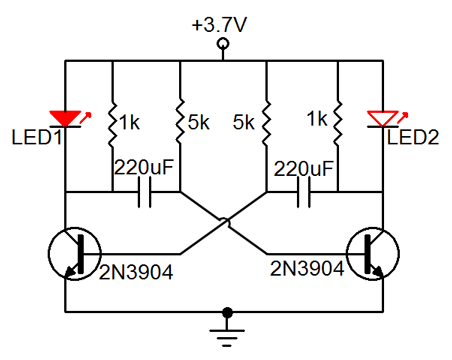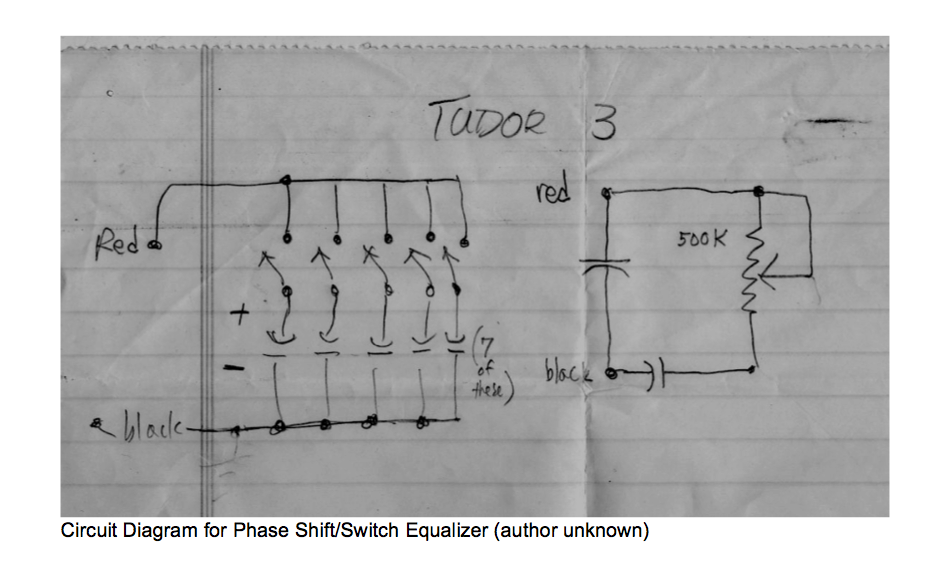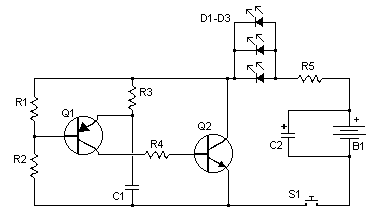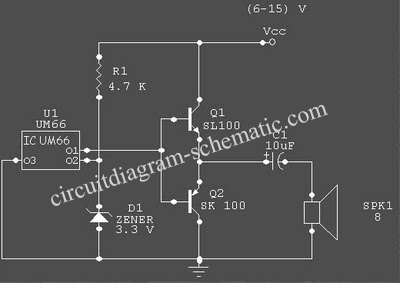
Active Fourth-Order High-Pass Filter For 50Hz Circuit
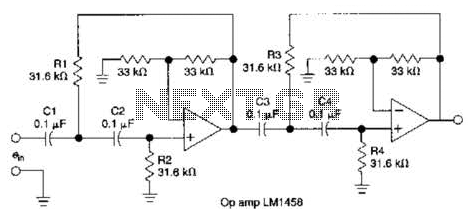
This circuit, which utilizes an LM1458 or a similar operational amplifier, functions as a fourth-order high-pass filter with a roll-off rate of 24 dB per octave. The resistor values Rx/R2 and RJRV can be adjusted to accommodate different cutoff frequencies.
The circuit design leverages the LM1458 operational amplifier, known for its dual-channel configuration and high performance in various applications. As a fourth-order high-pass filter, it is capable of attenuating low-frequency signals while allowing higher frequencies to pass through effectively. The 24 dB/octave roll-off indicates that for every octave increase in frequency, the output signal's amplitude decreases by 24 dB, making it suitable for applications requiring precise frequency filtering.
To implement this circuit, the configuration typically includes multiple stages of active filtering, each contributing to the overall order of the filter. The use of resistors (Rx, R2) and capacitors in the feedback and input paths allows for the adjustment of the filter's cutoff frequency. By selecting appropriate values for these components, the designer can tailor the filter to meet specific frequency response requirements.
The scaling of Rx/R2 and RJRV is crucial for maintaining the desired cutoff frequency. The cutoff frequency (fc) can be calculated using the formula:
fc = 1 / (2πRC)
Where R is the equivalent resistance seen by the capacitor and C is the capacitance. By manipulating the resistor values, the designer can shift the cutoff frequency up or down, providing flexibility in the circuit's application.
This high-pass filter can be utilized in various electronic applications, including audio processing, signal conditioning, and noise reduction, where eliminating unwanted low-frequency signals is essential for optimal performance. The LM1458's characteristics, combined with the fourth-order filter design, ensure that the circuit maintains signal integrity while effectively filtering out undesired frequencies. This circuit which uses an LM1458 or similar op amp is a fourth-order high-pass filter with a 24 dB/octave roll-off. The values of Rx/R2, RJRV can be scaled to suit other cutoff frequencies. 🔗 External reference
The circuit design leverages the LM1458 operational amplifier, known for its dual-channel configuration and high performance in various applications. As a fourth-order high-pass filter, it is capable of attenuating low-frequency signals while allowing higher frequencies to pass through effectively. The 24 dB/octave roll-off indicates that for every octave increase in frequency, the output signal's amplitude decreases by 24 dB, making it suitable for applications requiring precise frequency filtering.
To implement this circuit, the configuration typically includes multiple stages of active filtering, each contributing to the overall order of the filter. The use of resistors (Rx, R2) and capacitors in the feedback and input paths allows for the adjustment of the filter's cutoff frequency. By selecting appropriate values for these components, the designer can tailor the filter to meet specific frequency response requirements.
The scaling of Rx/R2 and RJRV is crucial for maintaining the desired cutoff frequency. The cutoff frequency (fc) can be calculated using the formula:
fc = 1 / (2πRC)
Where R is the equivalent resistance seen by the capacitor and C is the capacitance. By manipulating the resistor values, the designer can shift the cutoff frequency up or down, providing flexibility in the circuit's application.
This high-pass filter can be utilized in various electronic applications, including audio processing, signal conditioning, and noise reduction, where eliminating unwanted low-frequency signals is essential for optimal performance. The LM1458's characteristics, combined with the fourth-order filter design, ensure that the circuit maintains signal integrity while effectively filtering out undesired frequencies. This circuit which uses an LM1458 or similar op amp is a fourth-order high-pass filter with a 24 dB/octave roll-off. The values of Rx/R2, RJRV can be scaled to suit other cutoff frequencies. 🔗 External reference


